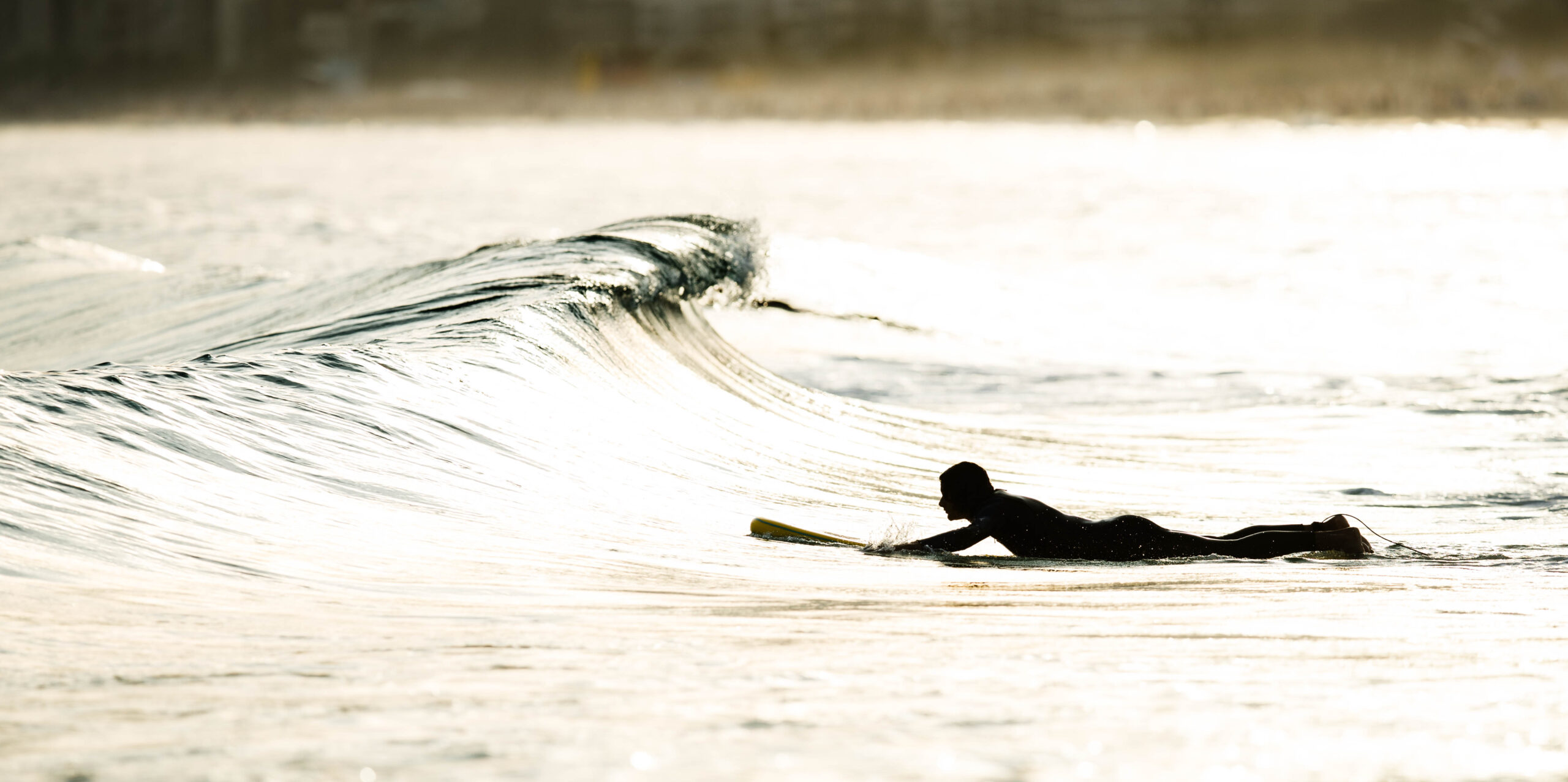
Duck Diving vs. Turtle Rolling: Which One When?
Paddling out is one of the first major challenges every surfer faces. Getting past breaking waves without losing momentum (or your board) comes down to technique — and the right technique depends on the board you’re riding.
Two popular methods, duck diving and turtle rolling, are used to navigate through oncoming waves. But when should you duck dive, and when is turtle rolling the better option? This guide breaks down both techniques, compares them head-to-head, and helps you know when to use which.
Comparison: Duck Dive vs. Turtle Roll
Here’s a side-by-side breakdown of the key differences between duck diving and turtle rolling, so you can quickly understand which method suits your board, your strength, and the wave conditions.
| Category | Duck Dive | Turtle Roll |
|---|---|---|
| Best For | Shortboards, small volume boards | Longboards, foamies, high-volume boards |
| Technique | Push board underwater nose-first and follow through with body | Flip the board upside down and hold tight as the wave passes over |
| Wave Size | Good for medium to large surf | Works in small to medium surf |
| Learning Curve | Takes time and strength to master | Easier to learn but needs solid grip |
| Stability | More control under water | Can get pushed around if not held tightly |
Tips for Mastering Each Technique
Whether you’re duck diving or turtle rolling, technique and timing make all the difference. Here are some tips to help refine your skills and get through the surf more efficiently:
Duck Dive:
- Start diving 2–3 feet before the wave reaches you
- Use both arms to push the nose down, then your knee or foot to sink the tail
- Angle the board downward smoothly to avoid resistance
- Keep your eyes open to track turbulence and timing
Turtle Roll:
- Flip the board with a strong grip on the rails
- Keep your body close to the board underneath
- Hold tight through the wave impact
- Flip back quickly and paddle strong after the wave passes
Why This Matters
Struggling to get past breaking waves drains energy fast — and that fatigue can cut your session short. By choosing the right technique for your board and getting good at it, you’ll reach the lineup faster, safer, and with more energy to actually surf.
Plus, having a go-to method builds confidence. You’ll stop hesitating when waves approach and start moving with more purpose through the surf.
Beginner Tips for Duck Diving and Turtle Rolling
If you’re just starting out, mastering duck diving and turtle rolling can feel intimidating — but with a few focused tips, you’ll build the confidence and technique to get through waves more smoothly. Whether you’re on a shortboard or longboard, these pointers will help you practice smarter and progress faster.
Here are some practical tips to help you get started with both moves:
- Know your board: Use duck diving with shortboards and turtle rolling with longboards — choosing the right technique for your equipment is key.
- Start small: Practice in mellow whitewater before heading into bigger surf to get a feel for timing and motion.
- Perfect your grip: For turtle rolling, hold the rails tight and close to your chest to stay in control as the wave passes over.
- Angle down with purpose: In duck dives, push your nose down deep with your arms and follow through by sinking the tail with your foot or knee.
- Time the wave: Don’t go too early or too late — aim to dive or roll about a second before the wave reaches you.
- Stay calm underwater: Don’t panic if the wave tumbles you a bit. The more relaxed and compact you are, the quicker you’ll resurface and recover.
- Build upper body strength: Push-ups, planks, and paddling drills will help you execute both moves with more control and less fatigue.
Takeaway
Duck diving and turtle rolling aren’t interchangeable — they each serve a purpose. If you’re riding a shortboard, learn to duck dive cleanly. If you’re on a longboard or foamie, get comfortable with turtle rolling. The sooner you master your method, the smoother your paddle-outs will become — and the more waves you’ll catch.
